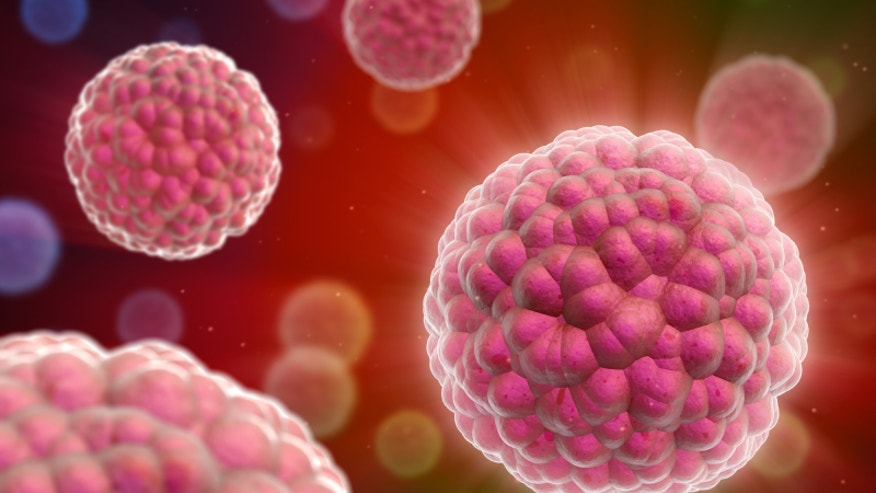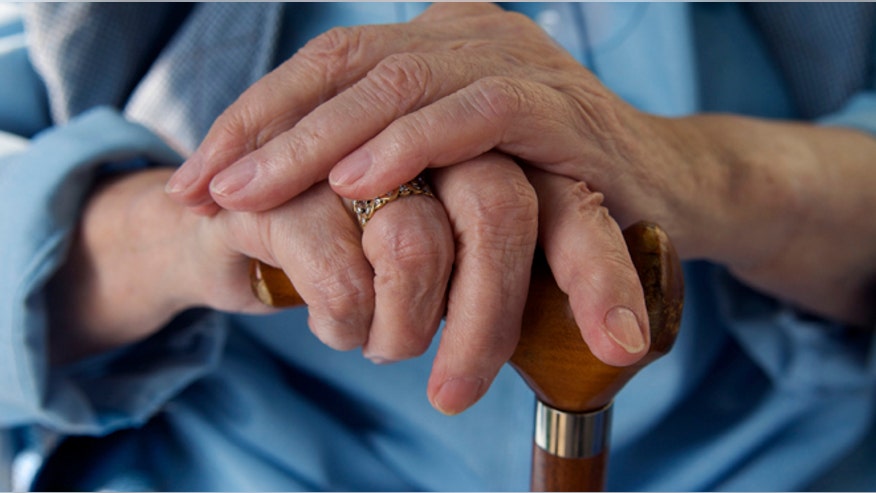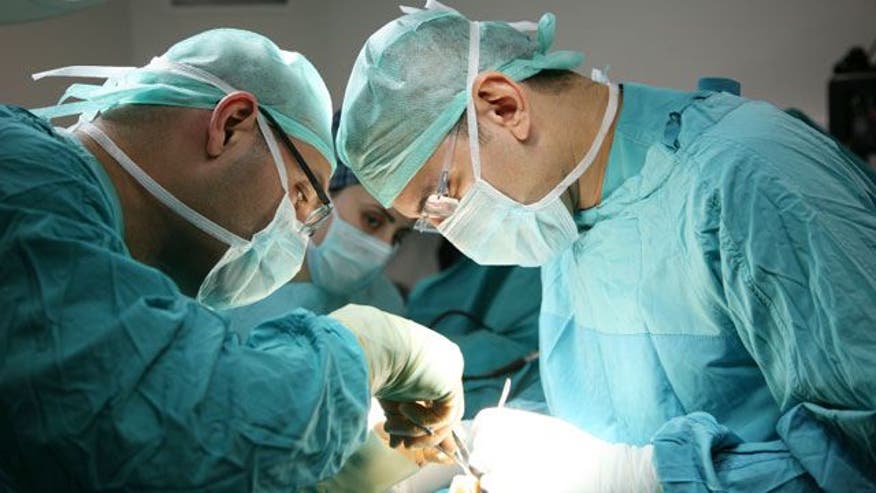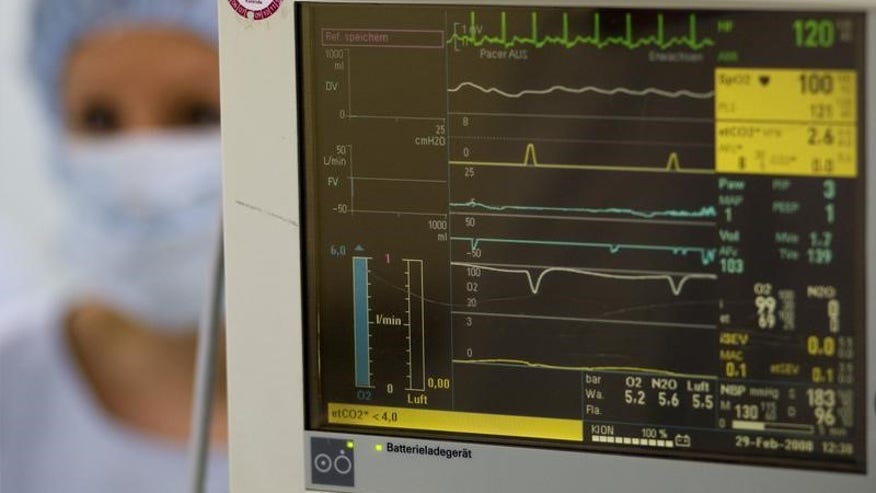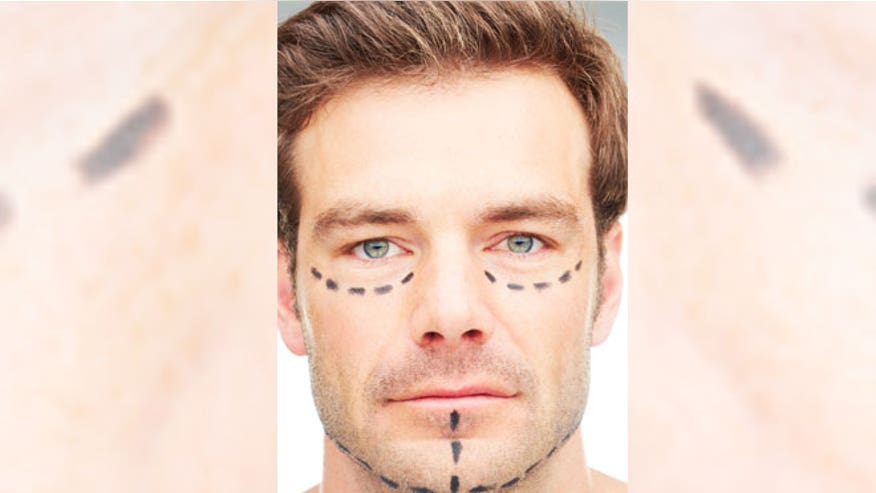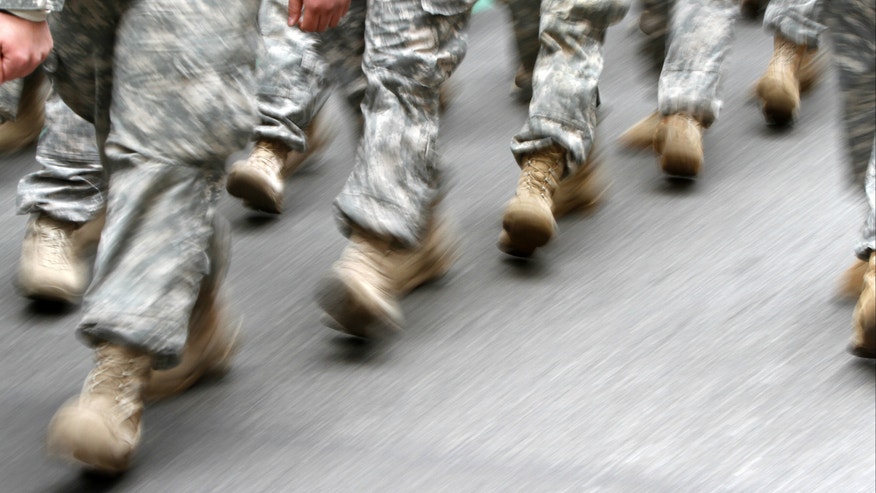Cancer remains the leading cause of death among Hispanics in the U.S., driven in large part by lung malignancies in men and breast tumors in women, a new report finds.
This year, Hispanics in the U.S. will experience 125,900 new cases of cancer and 37,800 deaths from cancer, the report predicts. Among men, lung tumors will account for one in six cancer deaths, while breast malignancies will account 16 percent of cancer fatalities among Hispanic women, the researchers estimate.
"Death rates are declining for both heart disease, the leading cause of death in the U.S. overall, and cancer, the second leading cause," said lead report author Rebecca Siegel, a researcher at the American Cancer Society. "Cancer has already surpassed heart disease as the leading cause of death in Hispanics because of their young age structure."
Approximately 55.4 million Hispanics live in the U.S., making up the country's largest racial and ethnic minority group and accounting for roughly 17 percent of the total population. Eighty-two percent of Hispanics in the U.S. are under age 50, compared with only 60 percent of white people.
Every three years, the American Cancer Society reports cancer statistics for Hispanics based on data from U.S. health agencies and national cancer registries.
For all cancers combined, Hispanics have 20 percent lower incidence rates and 30 percent lower death rates than white people in the U.S., Siegel and her colleagues report in CA: A Cancer Journal for Clinicians.
This is primarily because Hispanics are less likely to be diagnosed with the four most common cancers in the U.S. - prostate, breast, lung and colon malignancies.
Hispanics are, however, more likely than whites to be diagnosed with tumors linked to infectious diseases, including cancers of the stomach, liver and cervix, the report notes.
Hispanic women will experience 67,000 new cancer cases this year, including 19,800 breast malignancies, 6,000 thyroid tumors and 5,300 colorectal tumors, the report estimates. About 17,900 Hispanic women will die of cancer, most often from breast, lung or colorectal tumors.
For Hispanic men, the report estimates 58,400 new cancer cases and 19,900 deaths this year. The most common new diagnosis will be prostate tumors, with 13,000 cases, followed by 6,400 colorectal and 5,000 lung malignancies.
One shortcoming of the report is that U.S. death certificates and data on patients in cancer registries may not accurately reflect the Hispanic population because some government forms only recently started tracking this population and some patients who are considered by researchers to be part of this group may not self-identify as Hispanic, the authors acknowledge.



